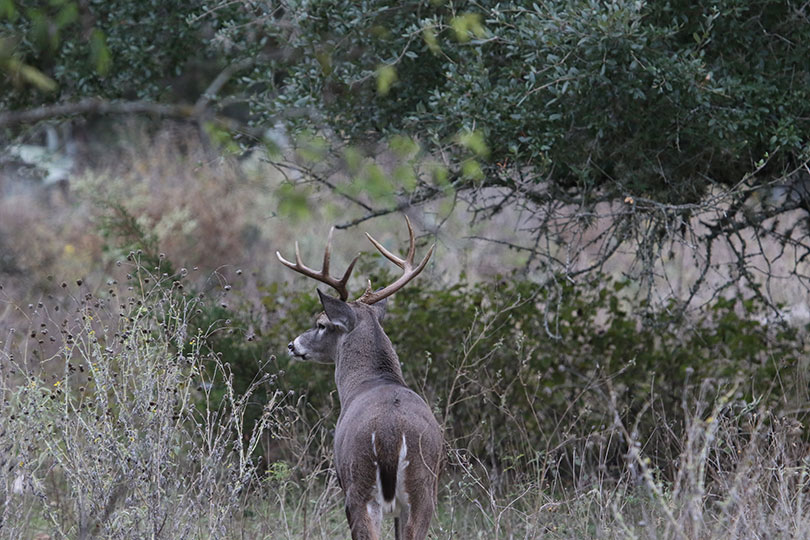Hunting for Success
Question: “I live and deer hunt in west Tennessee. When should I put my trail cameras out to start looking for growing bucks? I’ve got my mineral stations and corn out now. The white-tailed deer are tearing the ground up to get the mineral. I’ve been spreading 160 pounds of corn out every 3 weeks when I go to refresh my mineral stations.
The land owner has been telling me that within three days the corn out it is all gone. What should I do or not do with regard to monitoring this property and preparing for deer hunting season?” -Jerry P.
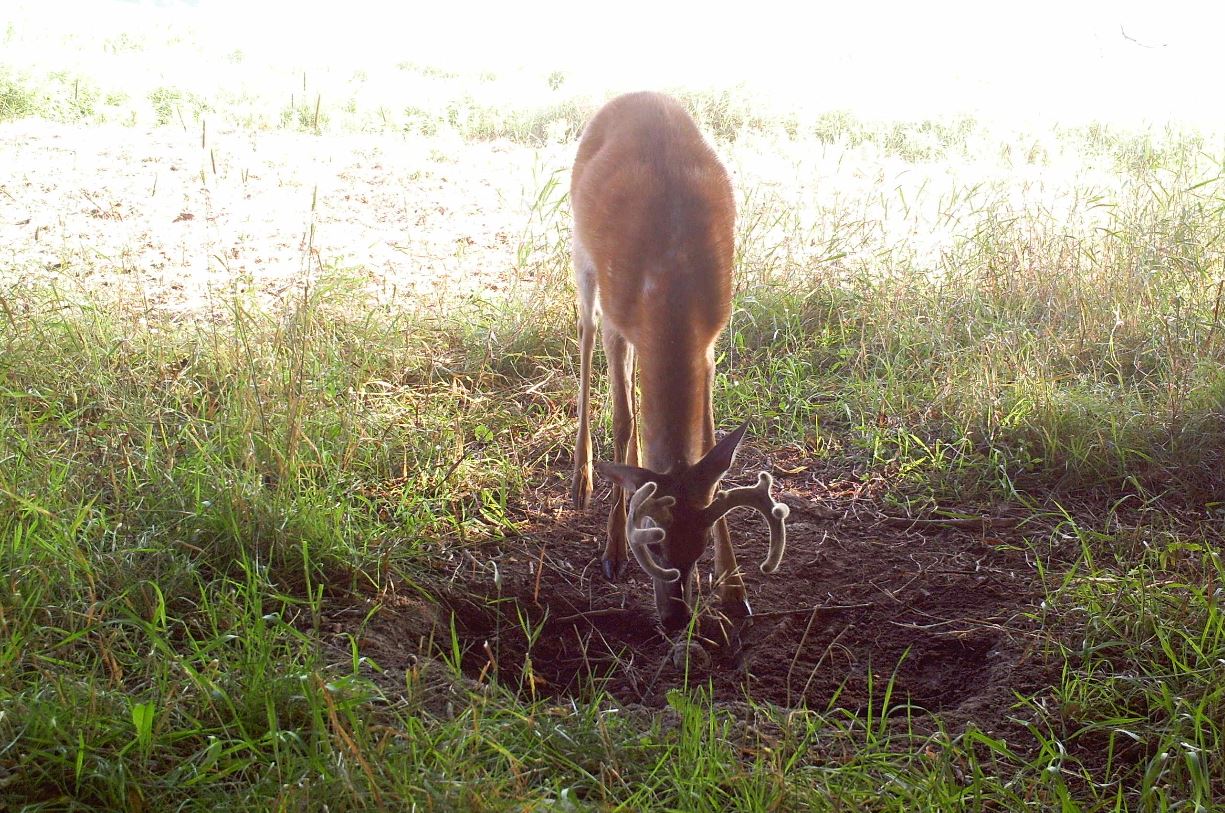
Response: It’s mid-June so if you want to watch the process of antler growth in bucks there will definitely be something to see at this point in the year, but white-tailed bucks are not yet near the end of the antler growing season. Expect antler growth to terminate by the end August for most bucks, with a substantial amount of change between now and then. Summer is a great time to document the bucks in your area through the use of game cameras because the weather is typically hot and dry. That equates to bucks taking advantage of any nutrition they can find on the landscape. They will be on feed, so your cameras should be too doing some pre-season scouting.
The mineral sites on the property are likely more beneficial for antler growth than the corn you are providing, but deer will readily consume corn during the summer months since native vegetation will be less palatable as new growth has slowed and older leaves are now tough and offer less nutrition. Corn and minerals both serve as warm weather attractants so they are ideal locations to capture deer on camera. Place a camera on each of them.
Game cameras work 24/7 and do a great job of inventorying bucks using food sources/attractants during the summer and winter months. It can be challenging to get bucks, especially mature bucks, on camera during the spring and fall when natural foods are abundant. However, if those deer are there and then that makes your summer time photo sessions quite valuable! If you waited until just before fall to deploy cameras then you would likely miss a number of bucks. At the very least, I would recommend that hunters do their pre-season camera scouting during the month of August.
When deer hunting a new property, or even a place that you have hunted for a while, the first thing that you need to do is PLAN for the upcoming fall. The best way to ensure success at anything is to plan. We develop deer management plans for properties, so why not deer hunting plans?
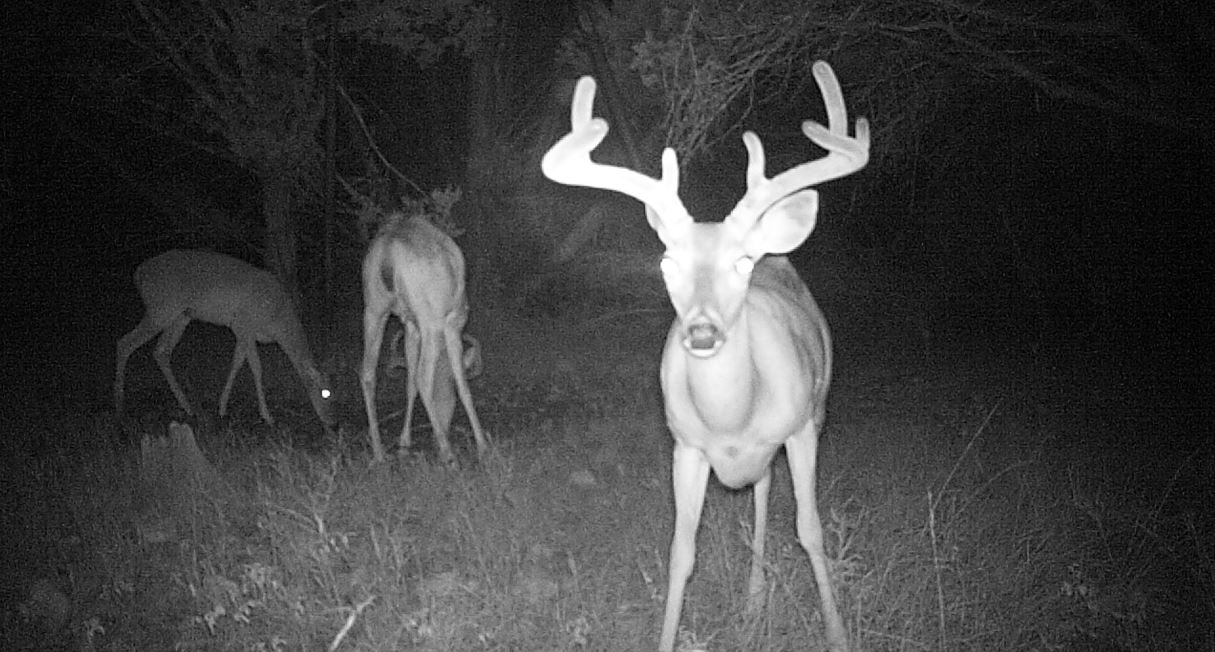
Basic 4 Step Plan for Deer Hunting Any Property
1. Consider how you will access your hunting ground.
You’ve got to get there, right? But… will your arrival tip off the very deer you intend to hunt? We tend to know when someone is in our yard, at our house. Whitetail are the same way. They pay attention to what is happening in their front yard, side yard and back yard. It’s called survival. Over the years I’ve learned to address anything that announces my approach, whether it be a noisy chain on a metal gate, a diesel truck driving through a field or a ATV/UTV humming along through the woods. It’s best to walk. Quietly.
Deer can handle all of the things mentioned above when that is what they are used to on a daily basis, but not so much when it’s out of the ordinary. When white-tailed deer perceive their surroundings are different they will act different. Go stealth from the start.
2. Keep some areas quiet and off limits all of the time.
You will want sanctuaries on the property you are hunting. These are areas that are off limits to all human activity during the pre-season as well as during the hunting season. If you own the property then you have more control over this, but if you are hunting someone else’s land then you are at their mercy. Even then, there is likely at least one area on their property that they tend to avoid for one reason or another. I’d recommend that you avoid the urge to march off into the middle of it and put up a stand and/or feeder, especially on small acreage since sanctuaries are more important on pint-sized properties.
Instead, place your stand on the edge of the sanctuary, or better yet, a short distance away on a travel corridor or funnel. This gives the hunter the edge because hunting deer where they travel to and from bedding and feeding areas is much better than hunting deer where actually sleep and feed. You will disturb them. Hunting travel corridors will likely allow you to see more deer, as well, since not all deer (especially older bucks) will head straight to the feeder once the hunting season is underway.
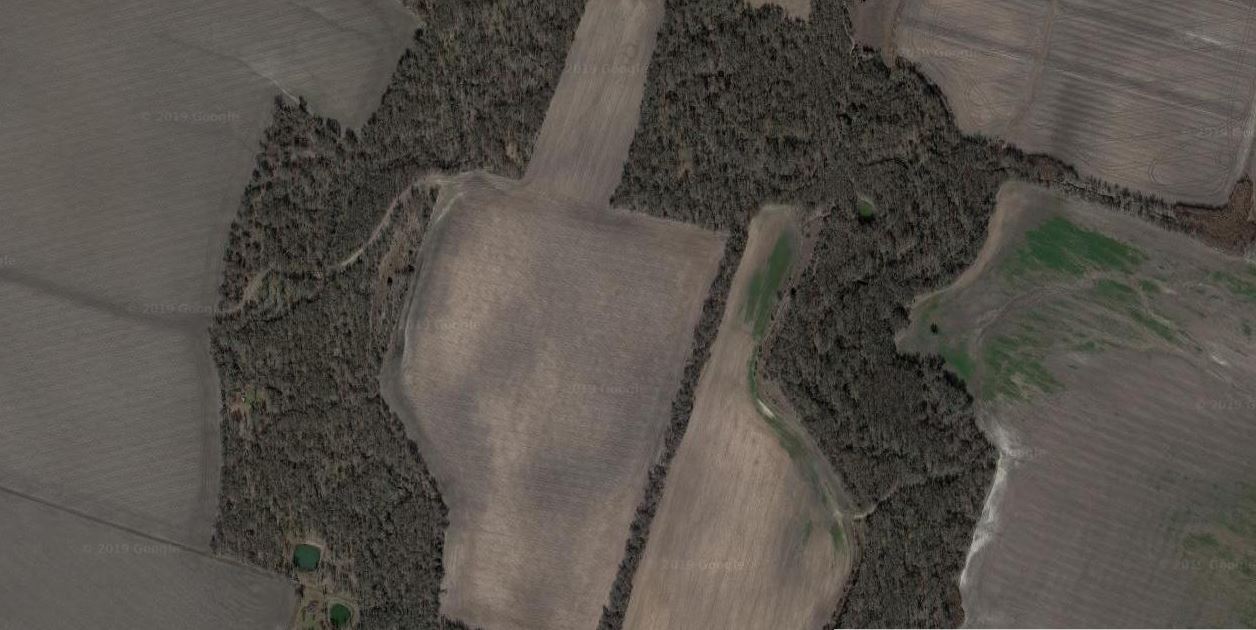
3. Identify the feeding, bedding and travel ways of local deer.
Before a hunter can figure out how to successfully hunt a property, he or she must understand how deer are using the property. Deer are out there doing what they naturally do, so the worst thing a hunter can do is disrupt the natural course of events. Scout every inch of the place during the off season to find natural sanctuaries, bedding areas and travel ways. If you can’t get into all the nooks and crannies for fear of bumping deer (too close to hunting season or during hunting season), then resort to aerial photography.
A look from above will also tell you where you might expect winter agricultural fields or neighboring food plots to be situated. This will give you more insight into how deer may be moving within and adjacent the property you are hunting.
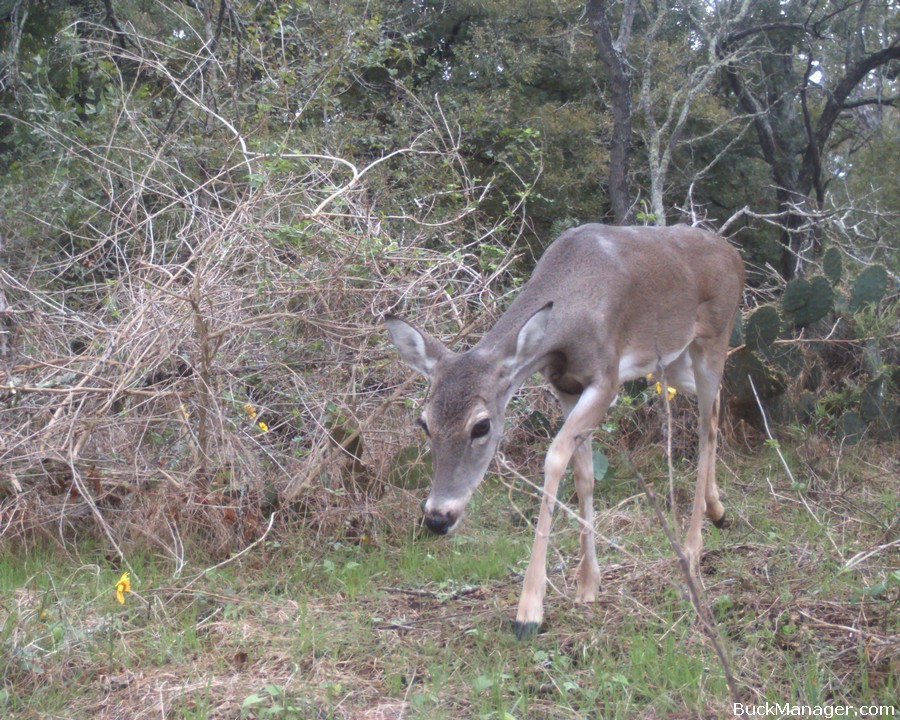
4. Have at least two hunting setups.
Once you know the lay of the land and have identified deer use of the property, it is only then that you should take your a stab at picking stand locations. Make a map and insert all of the pertinent features onto it. Then, consider how the property should be hunted during a north to northwest wind. I’ll submit that this is the best time to hunt since deer movement increases significantly during cold weather.
Hunting warm weather can pay off, but when you want to limit disturbance on a property so as not to impact buck behavior, then you will want to make the most of your few days out there each fall. Cold weather helps keep human scent down, but more importantly lower temperatures get whitetail bucks up on their hooves and moving. Go cold or go home. Really. Have at least two stands that you can access under a couple of wind conditions with minimal disturbance setup on your deer hunting property.
Use this four step deer hunting plan now to put the odds in your favor this fall and winter. A little planning will allow you to make the most of your hunting property, whether big or small. In addition, a well thought out game plan will likely result in more enjoyable hunts, which hopefully result with the tagging of a big, mature whitetail buck.
